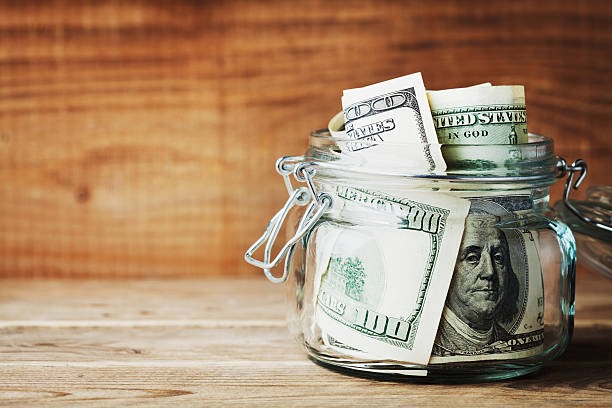How Much Should Be in Your Emergency Fund? The 3-6-9 Month Rule Explained
Stop guessing how much to save! Learn the 3-6-9 Month Rule for emergency funds. We explain how to calculate your essential expenses and where to keep your cash for maximum safety and liquidity.
11/18/20252 min read


You’ve mastered the art of budgeting, and you’ve started dipping your toes into investing. Congratulations! But there is one crucial step that sits between saving and true wealth building: The Emergency Fund.
An emergency fund is a dedicated pool of cash designed to cover life’s sudden, unexpected financial hits. Think job loss, major medical bills, or a broken furnace in January. If you have to sell off your investments or, worse, rely on high-interest credit cards for an emergency, you derail years of hard work.
At FinScopeHub, we treat the emergency fund as non-negotiable insurance for your future self. Here is the definitive guide on calculating your personal target amount, understanding the risk-based rule, and securing your financial peace of mind.
Phase 1: Calculating Your Magic Number (Essential Expenses)
The first step is to figure out how much you actually need to cover one month of survival. This is not your fun, "treat yourself" budget it’s the bare minimum.
Step 1: Define "Essential Expenses"
Go through your monthly budget and identify the expenses you absolutely cannot cut:
Rent/Mortgage Payment
Minimum Debt Payments (e.g., student loan, car loan minimums)
Groceries (not dining out)
Utilities (power, water, internet)
Insurance Premiums (health, auto)
Transportation (gas or transit passes)
Exclude: Entertainment subscriptions, eating out, vacation savings, or discretionary shopping.
Step 2: Calculate the Total
Add up this bare-bones total. This number represents one month of financial breathing room. For example, if your total essential expenses are $3,000, your 1-Month Survival Cost is $3,000.
Phase 2: The 3-6-9 Month Rule Explained
Once you have your 1-Month Survival Cost, you apply the industry standard The 3-6-9 Month Rule to determine your final target. The right number for you depends entirely on your financial risk and stability.
Target DurationRecommended For...Risk Profile3 MonthsDual-income households, highly specialized skills, stable/recession-proof industries, low debt.Lower Risk6 MonthsSingle-income households, variable income (commission/freelance), competitive industries, average debt.Medium Risk (The Standard)9+ MonthsSelf-employed individuals, unique skills with long job search times, high debt, single parents, or older workers near retirement.Higher Risk
Example: If your 1-Month Survival Cost is $3,000, and you are a single-income household (Medium Risk), your target emergency fund is $18,000 ($3,000 x 6 months).
Phase 3: Where to Keep Your Cash (The Liquidity Rule)
An emergency fund must follow two rules: it must be safe and liquid (easily accessible). This cash should never be invested in the stock market, even if it offers higher returns, because you cannot afford for it to drop in value right when you need it.
The Best Place: High-Yield Savings Accounts (HYSAs)
Why: They are FDIC-insured (safe), offer much higher interest rates than traditional banks (allowing your money to keep pace with inflation), and funds can be transferred almost instantly.
Action: Shop around for the best rate from an online bank. Do not keep this money in your primary checking account you'll be tempted to spend it.
The Worst Place: Stock Market or CDs
Stock Market: Risk of losing principal. Never put emergency cash here.
Certificates of Deposit (CDs): While safe, they have maturity dates. If you break the CD early to access cash, you pay a penalty, violating the liquidity rule.
Summary: Fund Your Safety Net
Building an emergency fund is often the most boring part of finance, but it is the most valuable. It gives you the power to walk away from a bad job, handle a crisis without incurring new debt, and, most importantly, sleep soundly at night knowing you are protected.
